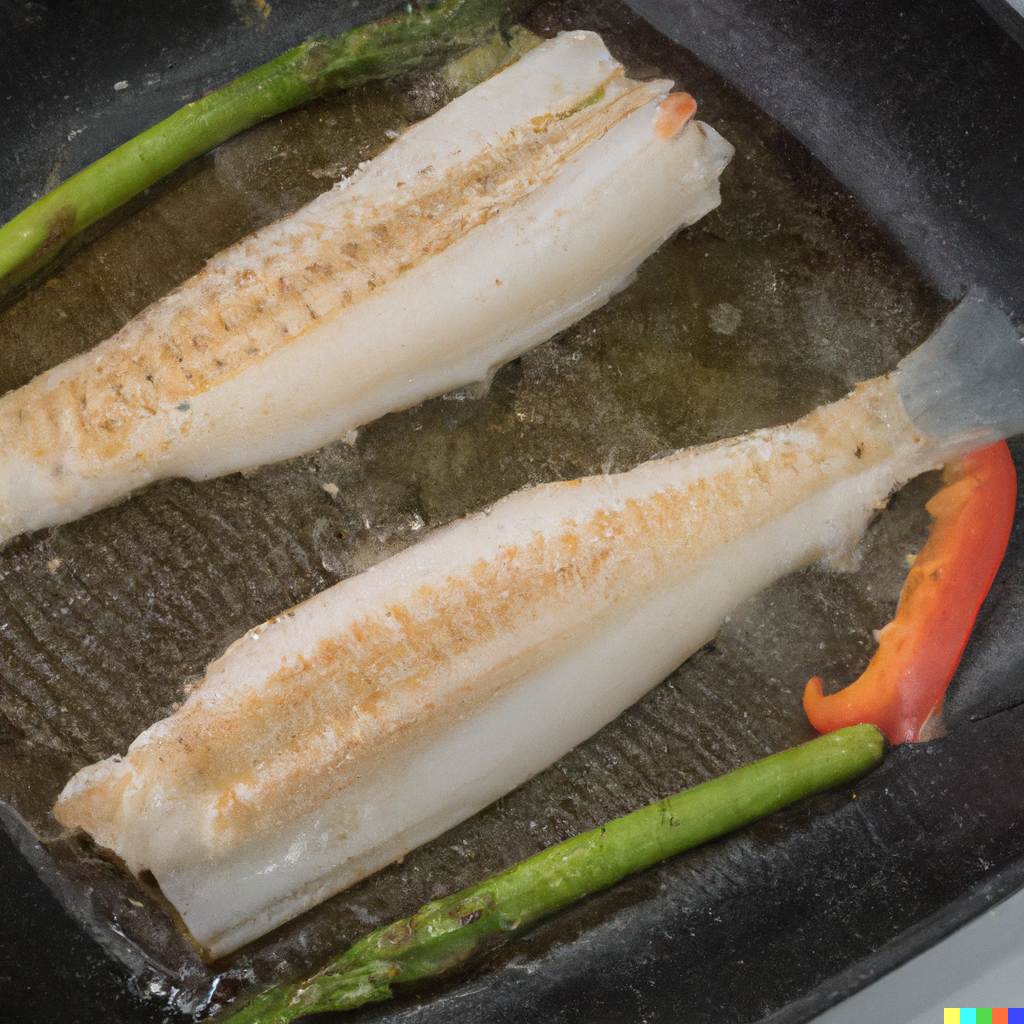Monkfish: The Savory, Sustainable Seafood Choice You Need to Try Today

Monkfish: The Savory Seafood Choice
Monkfish, often celebrated as the “poor man’s lobster,” is an ocean gem known for its firm texture, mild sweetness, and versatility in the kitchen. Not only is monkfish a culinary delight, but it’s also a sustainable choice, making it a favorite for eco-conscious seafood lovers.
In this guide, we’ll dive into everything you need to know about monkfish, from its sustainability and health benefits to expert cooking tips and mouthwatering recipes.
Why Monkfish Is a Sustainable Seafood Choice
Sustainability is becoming a key factor in seafood consumption, and monkfish stands out as an eco-friendly option.
1. Well-Managed Fisheries
Monkfish is harvested under strict regulations in the U.S. and Europe to ensure its population remains stable. These measures include quotas, seasonal closures, and monitoring of fishing practices.
2. Minimal Environmental Impact
The gear used to catch monkfish, such as gillnets and trawls, has less environmental impact compared to other fishing methods.
3. Recommended by Conservation Organizations
Monkfish is often highlighted by sustainable seafood guides, like the Monterey Bay Aquarium’s Seafood Watch, as a responsible choice.
For more sustainable seafood options, explore Global Seafoods’ Whitefish Collection.
Health Benefits of Monkfish
Monkfish isn’t just delicious—it’s also packed with nutrients. Here’s why you should add this savory fish to your diet:
1. High Protein, Low Fat
Monkfish provides 26 grams of protein per 3.5 ounces, with minimal fat, making it an excellent choice for those focused on fitness and health.
2. Rich in Omega-3 Fatty Acids
Omega-3s support heart health, reduce inflammation, and promote brain function. Monkfish offers a healthy dose of these essential fats.
3. Loaded with Vitamins and Minerals
Monkfish is a great source of:
- Vitamin B12: Boosts energy and supports nerve function.
- Potassium: Helps regulate blood pressure.
- Selenium: Strengthens the immune system.
For more nutrient-packed seafood, check out Frozen Fish Options.
How to Choose Fresh Monkfish
To enjoy the best monkfish, knowing how to choose fresh fillets is essential.
1. Look for Firm Flesh
The flesh should be firm and pale pink to white, with no dark spots or discoloration.
2. Smell the Fish
Fresh monkfish should smell clean and slightly briny, like the ocean.
3. Source from Trusted Suppliers
Buy monkfish from reputable seafood markets or online retailers like Global Seafoods.
Preparing Monkfish for Cooking
1. Cleaning the Fillets
- Rinse the monkfish under cold water to remove debris.
- Trim off the thin, rubbery membrane for better texture and flavor.
2. Thawing Frozen Monkfish
Defrost in the refrigerator overnight or use cold running water for quicker results.
3. Seasoning Monkfish
Keep it simple with olive oil, salt, pepper, garlic, and fresh herbs, or marinate it with bolder flavors like soy sauce, lemon, or paprika.
Cooking Methods for Monkfish
Monkfish is a versatile ingredient that adapts to many cooking methods:
1. Grilling Monkfish
Brush with olive oil, season, and grill over medium-high heat for 4–5 minutes per side.
2. Baking Monkfish
Bake at 375°F for 20–25 minutes with a breadcrumb and herb crust for extra texture.
3. Sautéing Monkfish
Sauté in a hot skillet with butter and garlic for a golden, flavorful crust.
4. Monkfish in Stews or Curries
Simmer monkfish in a tomato-based stew or coconut curry for a hearty, comforting meal.
Mouthwatering Monkfish Recipes
1. Lemon Garlic Grilled Monkfish
Ingredients:
- 2 lbs monkfish tail
- 2 tbsp olive oil
- Juice of 1 lemon
- 2 cloves garlic, minced
- Fresh parsley for garnish
Instructions:
- Marinate monkfish with olive oil, lemon juice, and garlic for 30 minutes.
- Grill over medium heat for 4–5 minutes per side.
- Garnish with parsley and serve with roasted vegetables or rice.
2. Mediterranean Monkfish Stew
Ingredients:
- 2 lbs monkfish chunks
- 1 can diced tomatoes
- ½ cup Kalamata olives
- 1 onion, diced
- Fresh basil for garnish
Instructions:
- Sauté onion in olive oil until translucent.
- Add tomatoes and olives. Simmer for 10 minutes.
- Add monkfish and cook for another 10 minutes. Garnish with basil.
3. Monkfish Coconut Curry
Ingredients:
- 2 lbs monkfish fillets
- 1 cup coconut milk
- 2 tbsp curry paste
- 1 bell pepper, sliced
- Fresh cilantro for garnish
Instructions:
- Sauté curry paste and bell pepper in a skillet with oil.
- Add coconut milk and monkfish. Simmer for 15 minutes.
- Garnish with cilantro and serve over jasmine rice.
For more recipe ideas, visit our YouTube Channel.
FAQs About Monkfish
1. Is monkfish suitable for beginners in cooking?
Absolutely! Monkfish is forgiving and adapts well to various cooking methods.
2. Can I freeze cooked monkfish?
Yes, store cooked monkfish in an airtight container in the freezer for up to 3 months.
3. What sides pair well with monkfish?
Lemon herb rice, grilled vegetables, or creamy mashed potatoes are excellent choices.
Shop Fresh Seafood at Global Seafoods
Explore premium seafood options to elevate your meals:
Conclusion
Monkfish is more than just a seafood choice—it’s a sustainable, flavorful, and nutritious addition to your culinary repertoire. Whether you’re grilling, baking, or simmering it in a savory stew, monkfish is guaranteed to impress.
Start your culinary adventure today by shopping premium monkfish and other fresh seafood at Global Seafoods.
Also in Recipes

How to Cook Live Manila Clams at Home: Fresh, Sweet & Delivered Overnight
Discover how to store, clean, and cook Live Manila Clams at home using simple chef techniques. Learn why these Pacific clams are perfect for pasta vongole, steaming, chowders, and more—plus how to order them fresh in a convenient 10 lb bag shipped overnight.

Boiled Crab for Brunch: The Ultimate Guide to Morning Seafood
Discover the joy of Boiled crab for brunch! Learn how to prepare seafood in the morning, its health benefits, and recipes to make your brunch memorable.

